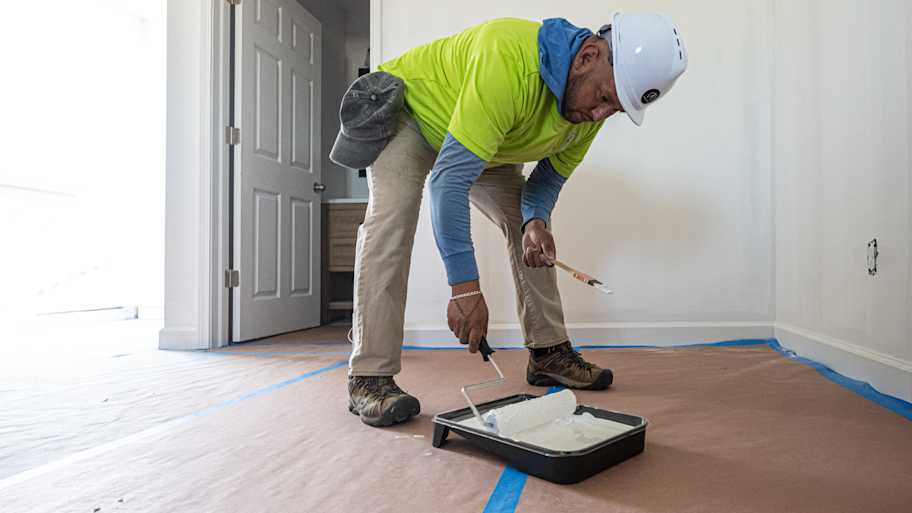How to Choose the Best Paint Roller for Your Project
You’ll be on a roll with the right painting tools


Now that you’ve picked out the perfect paint color and finish for your DIY painting project, you want to ensure you’re applying it right for the best results. Paint rollers are available in a range of materials, sizes, and frame types, and you need the right roller to achieve the best finish. Explore different types of paint rollers and learn what factors to consider when choosing the right one for your project.
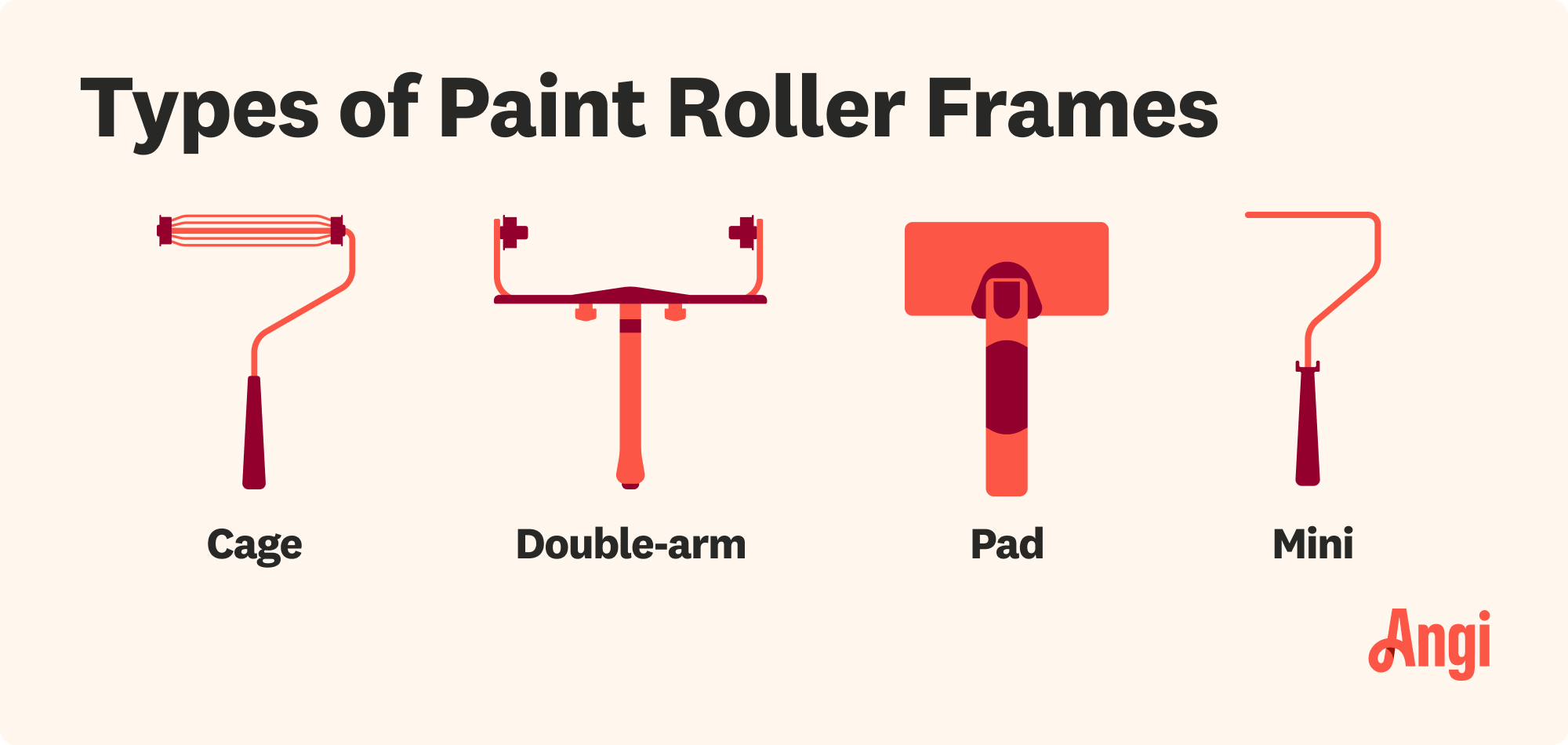
1. Microfiber Rollers
Microfiber paint rollers are the most popular on the market due to their versatility and ability to hold more paint than other rollers. Because they hold more paint, you won’t need to reload the roller as frequently as with other rollers, but when it comes time to clean up, that extra holding power means more paint to deal with. Microfiber can be used with almost any type of paint and a range of finishes.
| Pros | Cons |
|---|---|
| Can be used with most paint types and finishes | May cause drips or splatters |
| Holds more paint | Shouldn’t be used on textured surfaces |
| Less shedding | Harder to clean |
Best for: Walls, ceilings
2. Foam Rollers
Foam rollers give a smooth, even finish that’s ideal when working with glossy finishes. These rollers are often used on trim, doors, and furniture to get a smooth, shiny finish without visible brush marks. Expect to replace foam rollers after each project, though, since these rollers don’t stand up to multiple uses.
| Pros | Cons |
|---|---|
| Inexpensive | Single-use |
| Smooth, even application | May leave bubbles if improperly loaded |
| Good for semi- and high-gloss paints | Poor results on textured surfaces |
Best for: Trim, touch-ups, furniture
3. Synthetic Rollers
Rollers made from synthetic materials like nylon and polyester are versatile and can be used for painting ceilings and walls. These rollers are easy to clean and resist matting, so they’re good for multiple uses. However, unlike their microfiber counterparts, synthetic rollers hold less paint, so expect to make more trips to the paint tray.
| Pros | Cons |
|---|---|
| Can be used with most paint types and finishes | May shed more |
| Mat-resistant | Holds less paint |
| Easy to clean | Prone to splattering |
Best for: Walls, ceilings
4. Natural Fiber Rollers
Natural fiber rollers like lambswool and mohair are ideal for painting masonry and other textured surfaces. These rollers should only be used with oil-based paint since the moisture in water-based paint can cause the fibers to swell up and mat. Natural fiber rollers may shed more than other materials, which will be much less obvious on textured surfaces than smooth ones.
| Pros | Cons |
|---|---|
| Good coverage | More shedding |
| Ideal for textured surfaces | Difficult to clean |
| Durable | Not ideal for water-based paint |
Best for: Oil-based paint, masonry, textured surfaces
5. Textured Rollers
You can add texture to your walls using specialty textured rollers. These rollers are made of foam and stamped or cut with patterns that may mimic finishes like brick or stucco. Some textured rollers feature precise designs, so it’s best to practice getting the pattern right before getting started or hire a local interior painter for professional results.
| Pros | Cons |
|---|---|
| Add texture to smooth walls | Require skill to use |
| Good for large surfaces | Difficult to clean |
| Work with a variety of paint types | Not durable |
Best for: Faux finishes, patterns
Things to Consider When Choosing a Paint Roller
Material isn’t the only thing to think about when choosing a roller. Different projects will require specific roller sizes and thicknesses, so consider what and where you’ll be painting when deciding on the right roller.
Roller Thickness
A roller’s thickness, also called the nap or pile height, can range from 3/16 of an inch to 1 1/2 inches. Smooth surfaces and higher-gloss paints benefit from a thinner roller that leaves little texture behind. Rollers with a nap of 3/8 to 1/2 of an inch are most common for interior walls, as they hold enough paint for even coverage of large areas without a heavy texture. More textured surfaces require a thicker roller to hold more paint and help push it into all of the surface’s nooks and crannies.
Roller Size
The most common paint roller sizes range from 7 to 12 inches, but rollers are available from as small as 2 inches to as large as 18 inches.
Mini rollers from 2 to 7 inches are ideal for trim, edges, wall and ceiling corners, and other small surfaces or tight spaces.
Average-sized rollers from 7 to 12 inches will help you paint flat surfaces like walls and ceilings with good coverage and not too many passes of the roller.
Larger rollers up to 18 inches will cover a wide area on large surfaces, but these rollers can be heavy and difficult to work with.
Paint Finish
Matching your paint roller to the paint finish can help you get the best results. High-gloss finishes are best applied by foam rollers or microfiber or synthetic rollers with a very short nap since glossy paints will show any texture left behind while painting. A microfiber or synthetic roller with a medium nap will work best for satin, eggshell, and flat finishes on smooth surfaces, while textured surfaces call for natural fiber rollers with a thicker nap.
Frequently Asked Questions
A 7 to 12-inch wide microfiber or synthetic paint roller with a nap of 3/8 to 1/2 an inch will give you smooth, even paint coverage on interior walls. Before getting started, wrap painter’s tape around the roller cover to remove any lint or fibers that may end up embedded in the paint, ruining your even finish.
A foam roller or a roller with a very short nap will give you the smoothest finish, especially when working with glossy paints. Thicker rollers will leave a slight texture on the wall, and shiny paint will reflect light, highlighting the imperfections.
Professional painters often use microfiber rollers since they hold more paint and allow the pros to cover a bigger surface area without having to stop frequently to reload the roller with more paint. Painters also use extension poles for a wider reach from one position, giving them more coverage with less moving around.
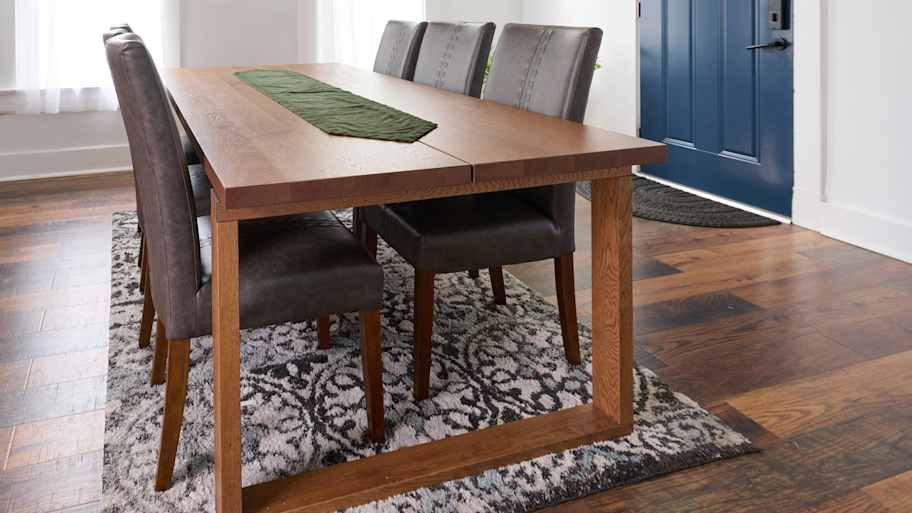

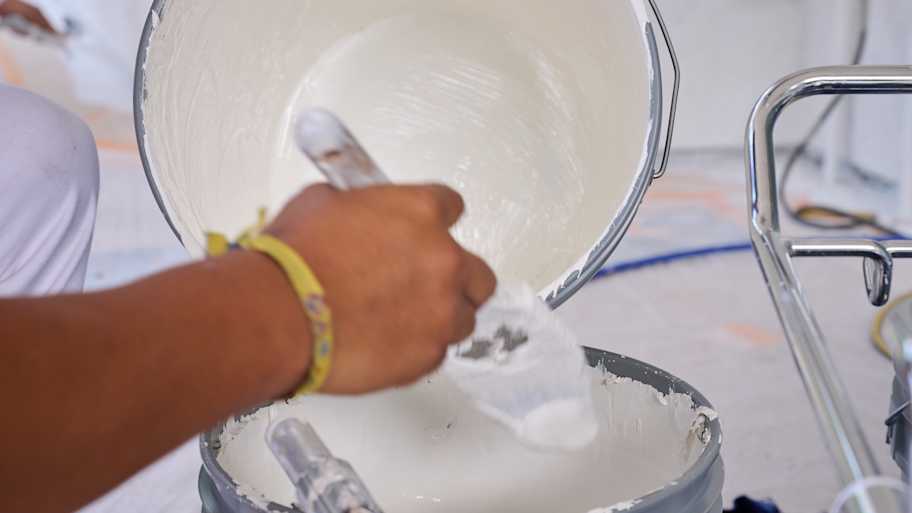
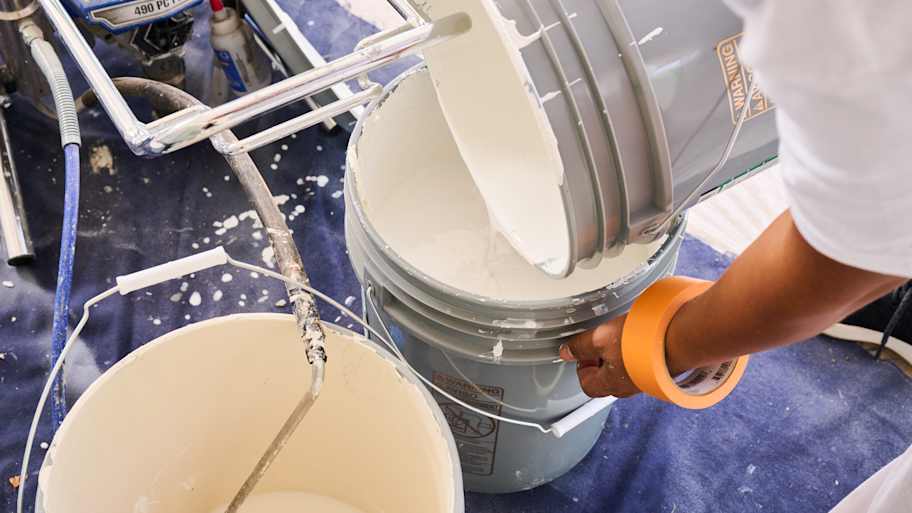
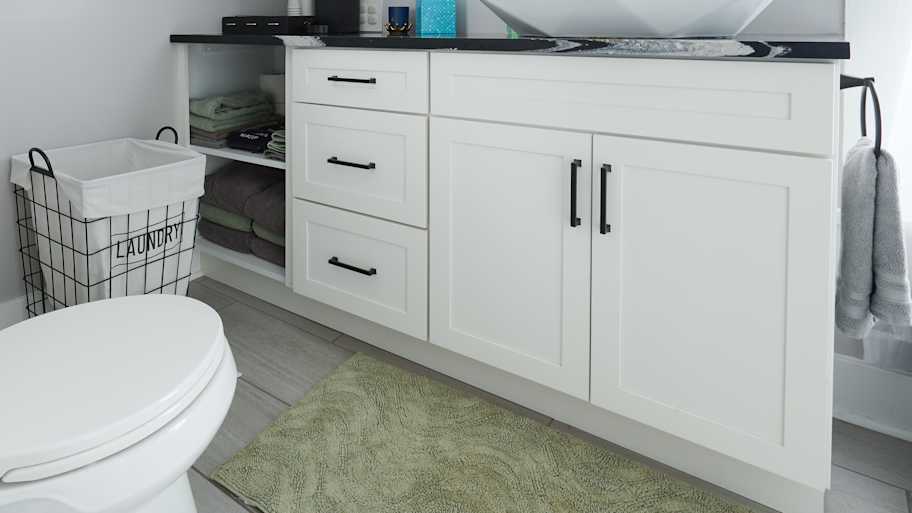
- How to Clean Paint Rollers for Your Next Project
- Spraying vs. Rolling Paint: Which Is Best for Your Project?
- 11 Painting Tips and Techniques for Your Home Painting Project
- Essential Supplies to Paint a Room: What You Really Need
- Types of Paint: Which Is Best for Your Project?
- How Long Does It Take to Paint a Room?
- The Best Bathroom Ceiling Paint
- Best Paint for Walls: Which Type Is Right for Your Project?
- Do You Paint Trim or Walls First in Your Room? How to Decide
- 7 Tips for Painting Your Walls Black



